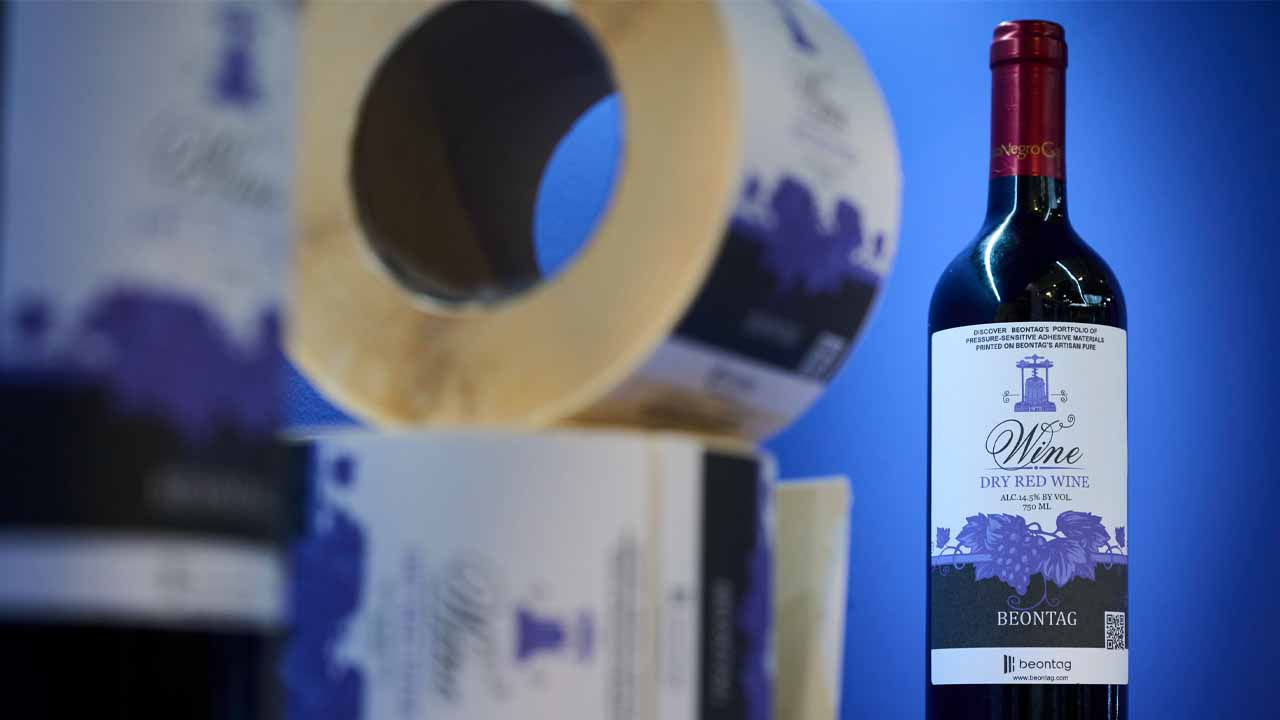Industry group proposes food safe UV certification
FoodSafeUV is a new group which brings together leading converting industry players to promote the safety of UV inks and varnishes for indirect food contact packaging.
Among leading press suppliers so far represented are Bobst, Gallus, Mark Andy, MPS, Nilpeter and Omet. FoodSafeUV also includes ink suppliers Flint Group and Sun Chemical and UV lamp suppliers GEW and Phoseon Technology. More suppliers were joining the group as L&L went to press and these will be announced shortly. Labelexpo Global Series and Labels & Labeling are also group members.
FoodSafeUV aims to persuade brands that certified UV curing with stringent testing as part of a GMP workflow is as safe a process as solvent and water-based inks for printing food packaging.
The new group is not suggesting UV will compete with wide web gravure and CI flexo technology on long runs. Rather, UV opens up new opportunities for short run flexible packaging and with the added benefits of in-line UV decoration technology and a more environmentally sustainable profile.
So what is the basis of FoodSafeUV’s claim that UV is a safe technology for indirect contact food packaging?
Breakthrough
The key breakthrough is the combination of low migration UV inks and the ability to measure in-line the dose of UV cure at the web surface during the entire print run. When UV inks are fully cured, they are a polymerized solid – so there is no possibility of migration taking place beyond the limits specified by the strictest rules for food packaging compliance.
Testing solvent inks, by contrast, is based on testing isolated samples. To test solvent inks the laboratory takes a sample from the printed roll and heats it in an oven. Gas chromatography tells you how much solvent is retained. But this will not pick up changes in press conditions at an earlier or later part of the run – for example a change in ambient air temperature; too much solvent put into a new ink batch; or increasing production speeds with the same drying capacity. In short, you cannot guarantee the solvent retention level through the entire web.
The FoodSafeUV group aims to develop a ‘book’ of measurement and control conditions for different combinations of ink, anilox, lamp and substrates along with recommended press speeds and UV sensor configurations. Converters meeting these conditions will be permitted to use the FoodSafeUV certification.
Full UV curing requires adequate lamp power and dwell time with appropriate substrate and ink choice. So if we can measure the UV dose at the substrate surface, the brand manager can be given a compliance certificate for the full roll, thus achieving final compliance of the printed packaging. This can reduce significantly necessary migration testing of the packaging.
Printing with a fixed set of extended gamut inks (CMYK+OGV) makes it easier to control the process parameters, since inks and anilox are not changed between jobs. But ink suppliers also routinely specify curing requirements for PMS inks, so both workflows will be supported.
FoodSafeUV believes that UV is not only a safe method of package printing, but also the ‘greenest’. Gravure (and some CI flexography) uses solvents which need to be captured to avoid VOC emission, and converters are required to deal with health and safety risks by extensive explosion proofing. Water-based flexo inks require a lot of drying energy to adhere to filmic substrates.
UV, by contrast, is a solvent-free process and uses far less energy than a drying oven. With the further development of UV LED curing these sustainability advantages will become more pronounced.
Stay up to date
Subscribe to the free Label News newsletter and receive the latest content every week. We'll never share your email address.


